Know Exactly Who You’re Speaking To (If You Actually Want to Scale)
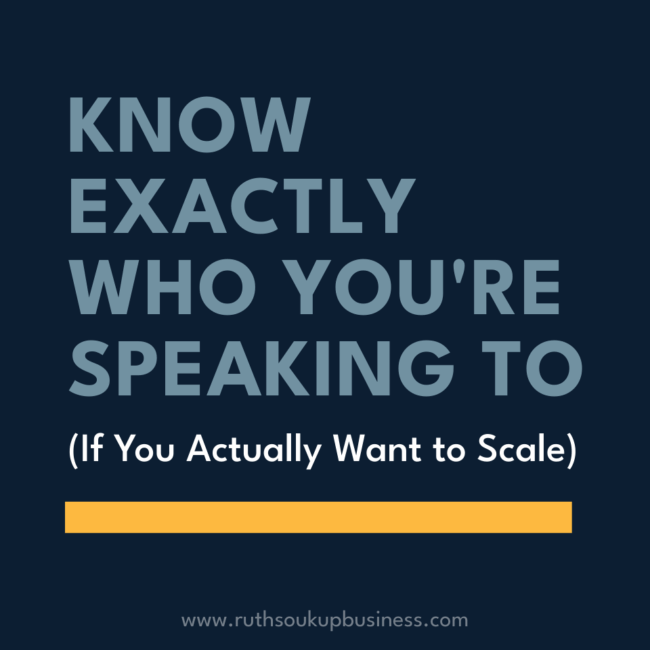
The Real Problem
If you’re feeling stuck in the grind, hustling harder but not seeing the revenue jumps you know you’re capable of, listen up:
It’s probably not your offer. It’s probably not your funnel. It’s definitely not the algorithm.
It’s your audience alignment.

It’s Time to Take Your Seat at the Big Table
Let’s be honest—there’s a difference between having a business… and being in the room where real growth happens.
Powerhouse is our private coaching experience for online entrepreneurs who are ready to scale past six figures—and step fully into their next-level leadership.
It’s the big kid’s table. The one where strategy matters more than hustle, and every conversation moves you forward.
If you know you’re meant for more, this is your invitation to join us.
And no, I’m not talking about creating some cute little customer avatar exercise where you name your dream client “Sally” and imagine what she eats for breakfast.
I’m talking about a strategic realignment that transforms your entire business from “scrambling for sales” to “scaling on autopilot” — because there’s a world of difference between knowing who you could help and knowing who you should build for.
Here’s the truth no one else will tell you:
You can’t scale what isn’t aligned.
Today, I’m handing you the exact blueprint that shifted my business from “pretty good” to “$5 million and beyond.” And it all started by getting ruthlessly clear about exactly who I was building for.
Let’s dive in.
My Journey to Clarity
One of the biggest mistakes I made in the past was trying to help everyone.
If someone needed support, I wanted to be the one to give it.
More offers, more funnels, more audiences to serve.
And while it looked successful on the surface, behind the scenes it was exhausting—launches were chaotic, messaging felt scattered, and growth was hard to sustain.
This time? I’m doing it differently.
With Ruth Soukup Business, we’ve drawn a clear line in the sand:
We’re building only for our dream clients—the action-takers who are ready to invest, implement, and scale.
We’re refining every offer, every funnel, every email to speak directly to that one person:
The smart, high-achieving woman entrepreneur making $50K–$500K who’s done with hustle and ready for systems that actually create freedom.
And you know what?
It’s already working.
Messaging is sharper.
Decisions are faster.
And growth finally feels scalable.
Because that’s the power of clarity.
And it’s what separates a busy 6-figure business from a streamlined, 7-figure machine.
Want More Sales? Get Ruthlessly Clear on Your Buyer
Here’s the uncomfortable truth:
If you’re unclear on who you’re speaking to, you’ll stay unclear on how to build, sell, and scale.
You don’t need a new tactic. You need to define your dream client with precision.
Here are the three questions I always ask when helping entrepreneurs get unstuck:
1. Who Energizes You and Pays You?
Stop thinking about who you could help (that’s everyone).
Start thinking about who gets the best results—and who makes you excited to show up.
Hint: If you dread client calls or feel resentful about certain buyers, you’re building for the wrong person. Period.
2. What Pain Are They Desperate to Solve Right Now?
Not “someday” dreams.
We’re talking urgent, painful, “I-will-pay-anything-to-fix-this” problems.
For my dream client? It’s not just about growing a business—it’s escaping burnout, fixing broken funnels, and finally feeling in control.
3. Where Are They Already Investing?
Look at their wallets, not their words.
If they’re spending money on masterminds, coaching, or ads, they’re primed for real transformation.
If they’re still trying to DIY everything? That’s a different buyer.
Want to Build a Client Strategy That Scales?
Here’s how to put this into practice right now:
✅ Step 1: Audit Your Current Clients
Highlight your best clients in green. The energy-drainers in red.
Look for patterns.
✅ Step 2: Interview Your Best Buyers
Ask questions like:
- “What made you decide to work with me?”
- “What problem felt most urgent?”
- “What frustrated you about other options?”
Their answers will reshape your entire marketing strategy.
✅ Step 3: Cut the Fat
Stop creating content for “maybes.”
Start speaking only to the buyers who are ready now.
Yes, your audience might shrink. Your revenue won’t.
✅ Step 4: Refine Your Messaging
Every word on your site, in your funnel, and on Instagram should be written for that person.
When they read it and think, “Is she in my head?”—you’ve nailed it.
✅ Step 5: Build Your Offer Around Them
Not what you feel like creating.
Not what your business bestie is launching.
What they actually need—packaged in the way they’re already looking to buy.
When you get this right, you won’t need to chase clients.
You’ll attract them—because they know you’re speaking directly to them.
Why Clarity Scales and Chaos Doesn’t
Listen, I get it.
It feels scary to niche harder. To “lose” potential customers. To say no to money.
But here’s what no one tells you:
Serving everyone means scaling no one.
When you build for your people — the profitable, energizing, ready-to-invest dream clients — everything gets exponentially easier:
- Messaging clicks instead of confuses.
- Funnels convert instead of leak.
- Team training simplifies because everyone knows exactly who we serve.
- Revenue climbs without working harder.
You stop surviving. You start scaling.
It’s not about exclusion. It’s about precision.
And precision is what creates million-dollar brands while others stay stuck.
You don’t need “more followers.” You don’t need “better engagement.” You don’t need another “visibility strategy.”
You need aligned clients on a clear path to a transformational offer they can’t wait to buy.
Get clear. Get focused. Get scaling.
FAQ: Audience Alignment & Ideal Client Strategy for Scaling CEOs
How do I know if I have an audience alignment problem?
If your sales feel inconsistent, your messaging feels vague, and you’re attracting clients who drain your energy instead of fueling your growth—you likely have an audience alignment issue. The biggest red flag? You’re marketing to who you can help, not who you’re best built to serve.
What’s the difference between audience alignment and a customer avatar?
A customer avatar is a surface-level profile (often based on demographics or made-up details like “Sally drinks oat milk”).
Audience alignment is a strategic realignment focused on:
- Who gets the best results
- Who pays and energizes you
- Who’s already investing in the transformation you provide
It’s not about preferences—it’s about profit, pain points, and scalability.
What happens when I align my offer with the wrong audience?
When your offer is built for people who aren’t ready to invest, you’ll:
- Struggle to sell consistently
- Create more content than conversions
- Burn out trying to convince the wrong buyers
You may get engagement, but not purchases. And your funnel? Leaks everywhere. Aligning your offer to the right buyer creates traction fast.
How do I identify my real dream client?
Start by asking:
- Who gets the best results from my offer?
- Who energizes me to serve and support?
- Who is already investing in similar solutions?
If they’re buying coaching, programs, or tools to solve the problem you address—they’re ready. If they’re still hoarding free resources? They’re not your buyer (yet).
Can niching down actually help me grow revenue?
Absolutely. Saying “no” to unaligned buyers allows you to say “yes” to the ones who are:
- Ready to invest now
- Willing to implement
- Likely to refer or repeat
The result? Sharper messaging, cleaner funnels, stronger conversions—and more money with less effort.
I’m afraid to alienate my existing audience. What should I do?
The truth? Not everyone in your audience is your buyer. And that’s okay. When you start creating content, funnels, and offers for your aligned client, your engagement might shrink—but your conversions will spike.
You’re not losing reach. You’re gaining relevance.
How does better audience alignment impact my funnel?
Aligned messaging means:
- Higher opt-in rates (because your lead magnet speaks to the right pain point)
- Better email engagement (because they feel seen)
- Higher conversions (because your offer solves the exact problem they’re paying to fix)
Alignment removes friction. That’s why it scales.
Should I change my offer or just adjust my audience?
Start with audience alignment. In most cases, your offer is solid—but you’re speaking to the wrong person (or too many people).
Once you’ve clarified who you’re building for, then tweak your positioning, copy, and delivery.
That one shift alone could 3X your sales.
What’s my next step if I want to refine my ideal client strategy?
🔥 Watch the Firestarter Training today. Inside, you’ll learn:
- How to clarify your dream client
- The 3-part framework to align messaging and offers
- How we help entrepreneurs scale to 7 figures with systems—not hustle
Your Next Step
Ready to stop guessing who you’re building for—and start attracting the right clients with ease?
Inside Firestarter, I’ll show you how to map out your entire Evergreen Business Ecosystem—starting with a customer path so aligned, it practically sells itself.
No more spinning your wheels.
No more marketing to “maybes.”
No more burnout from trying to do it all.
Click here to watch the free Firestarter training and take the first step toward scaling smarter, living better, and finally building the freedom-based business you set out to create.
Because you don’t need more hustle.
You need a system that actually works.
And you’re more than ready for what’s next.

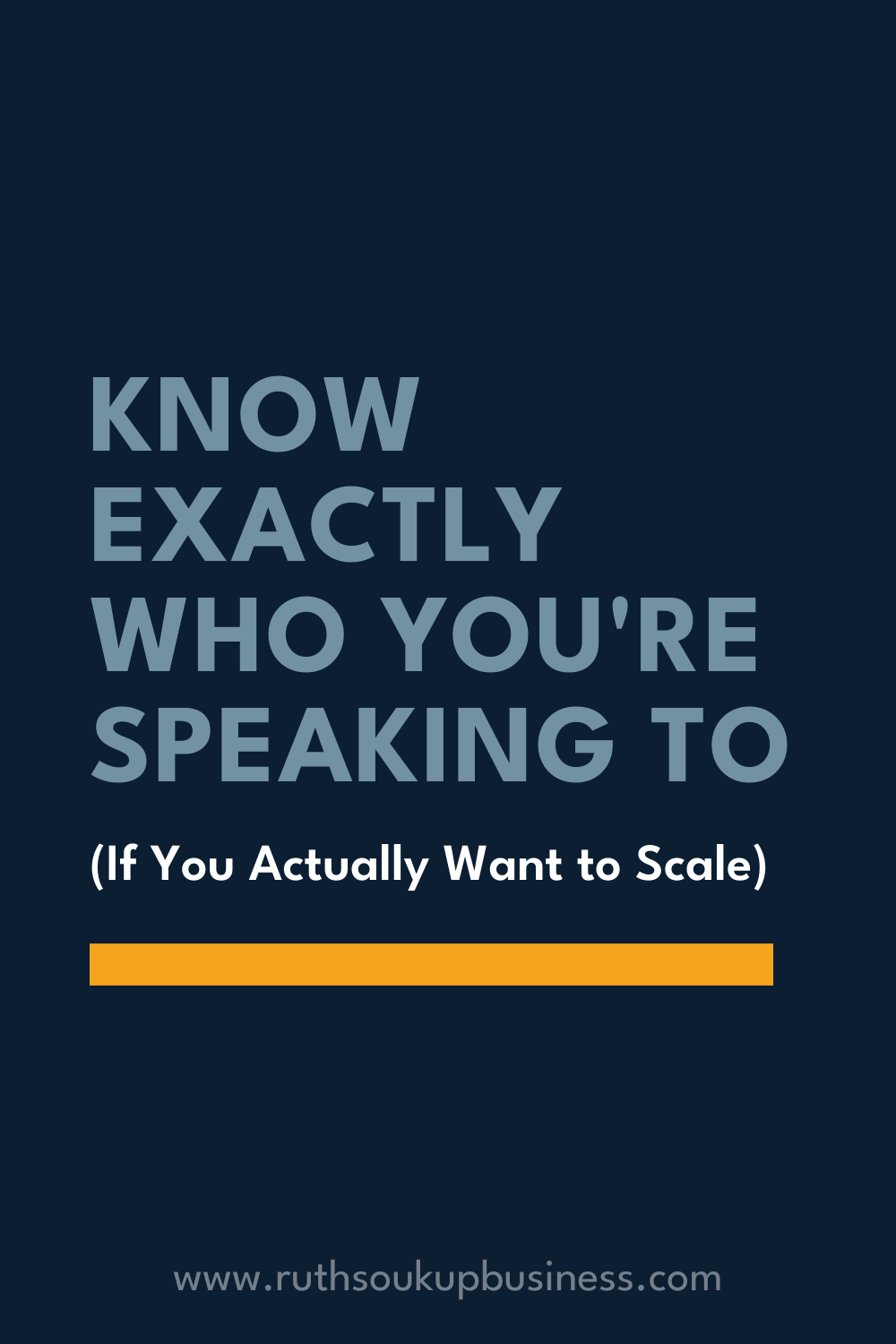
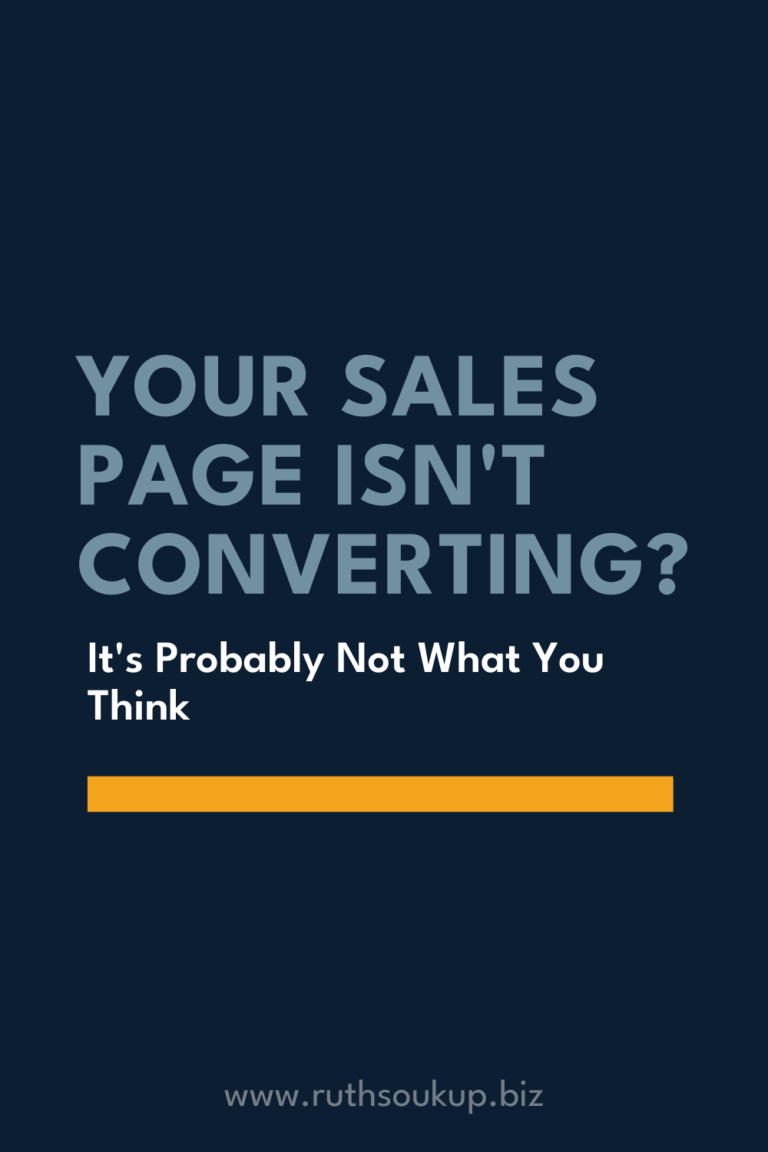
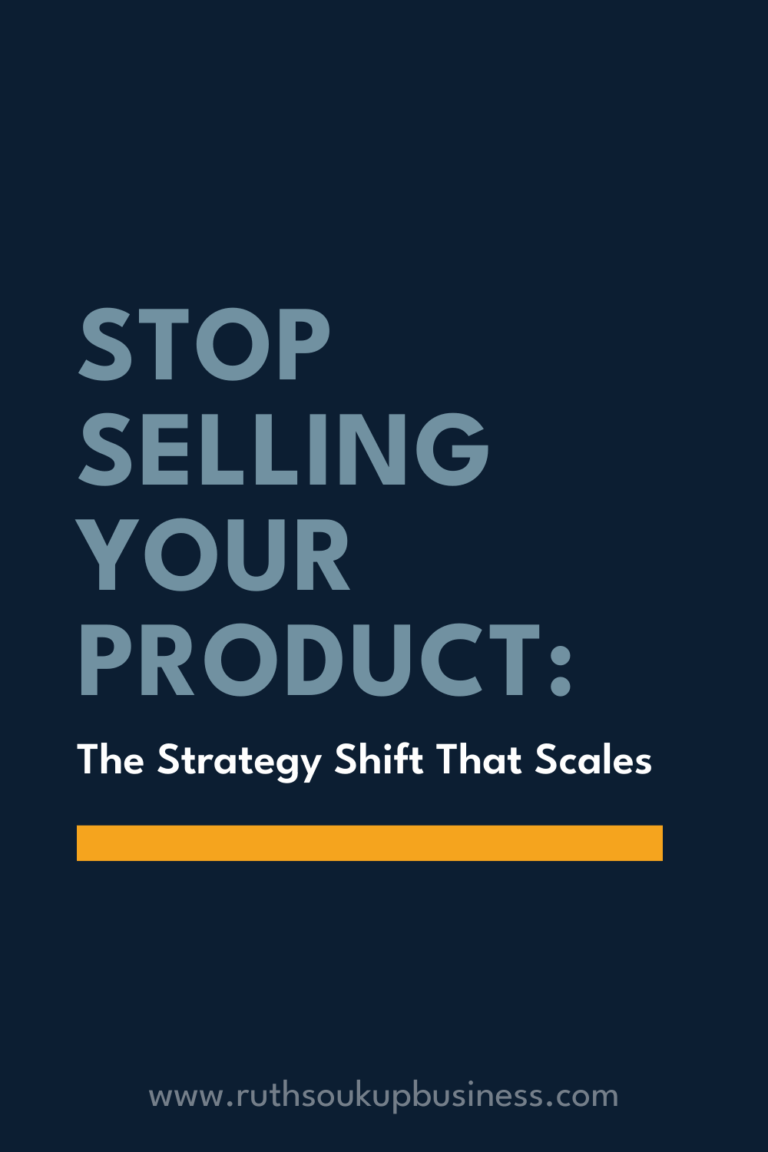
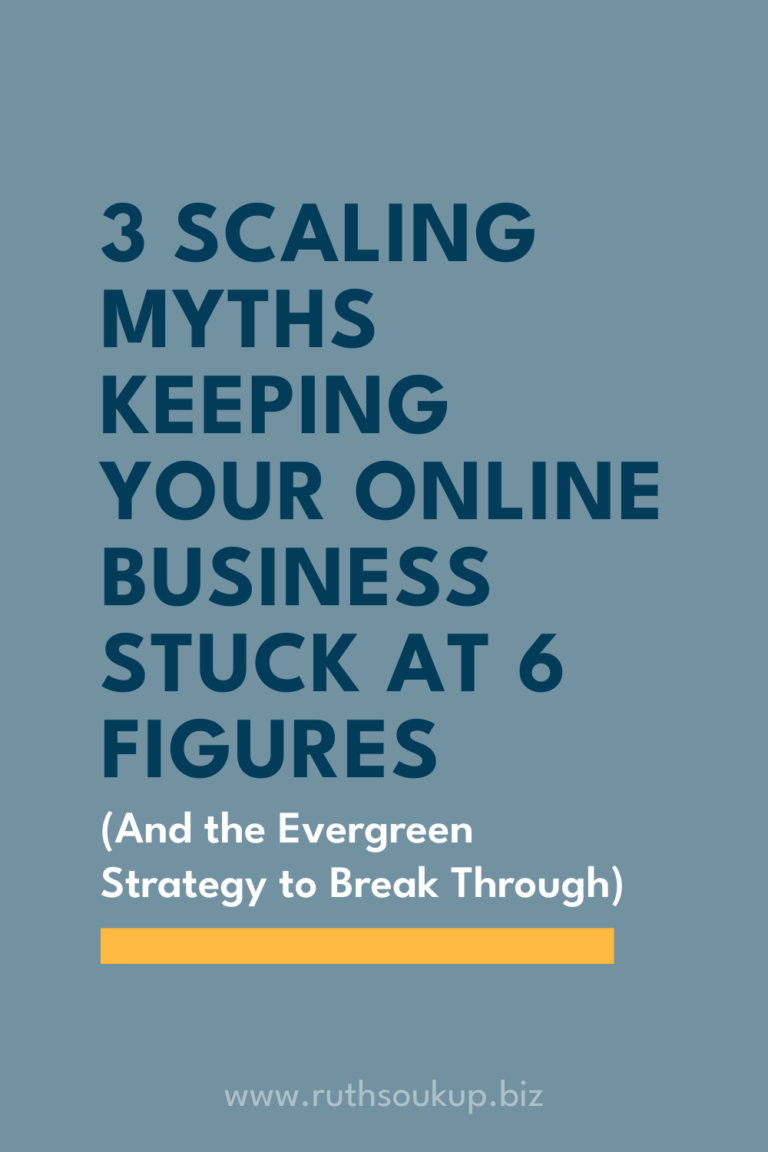
Oops, I put my post in the wrong place !
My blog is about dog health. My focus is how to help dog owners who have dogs that are suffering from simple to more complex health issues. My dogs have had health problems from allergy problems to cancer. So I get it. I am just starting out so my blog only has the about me and email part of the site set up. I would love to hear from anyone that would like to comment on my website. http://www.dustyswellnesstrail.com
Hi Ruth! I have a question. About three years ago, I started a blog for single women. I have since then completed my first autobiography, which is about overcoming obstacles. My question is how to merge the two under one business or if it needs to be two seperate businesses? My audiences are different for the two different messages. How would you handle this? Please share your thoughts.
Thanks,
Charity
I think you can write to both. I am a stay at home mom, and I find your blog very useful for myself. My mother-in-law reads your blog, and loves it! She doesn’t have kids at home, but they have just purchased their new, smaller home and she is all about making it nice and organized. Plus she is a crafter.. who doesn’t need they craft supplies in perfect order?
Ugh… this reply was meant to be for Aimee… sorry